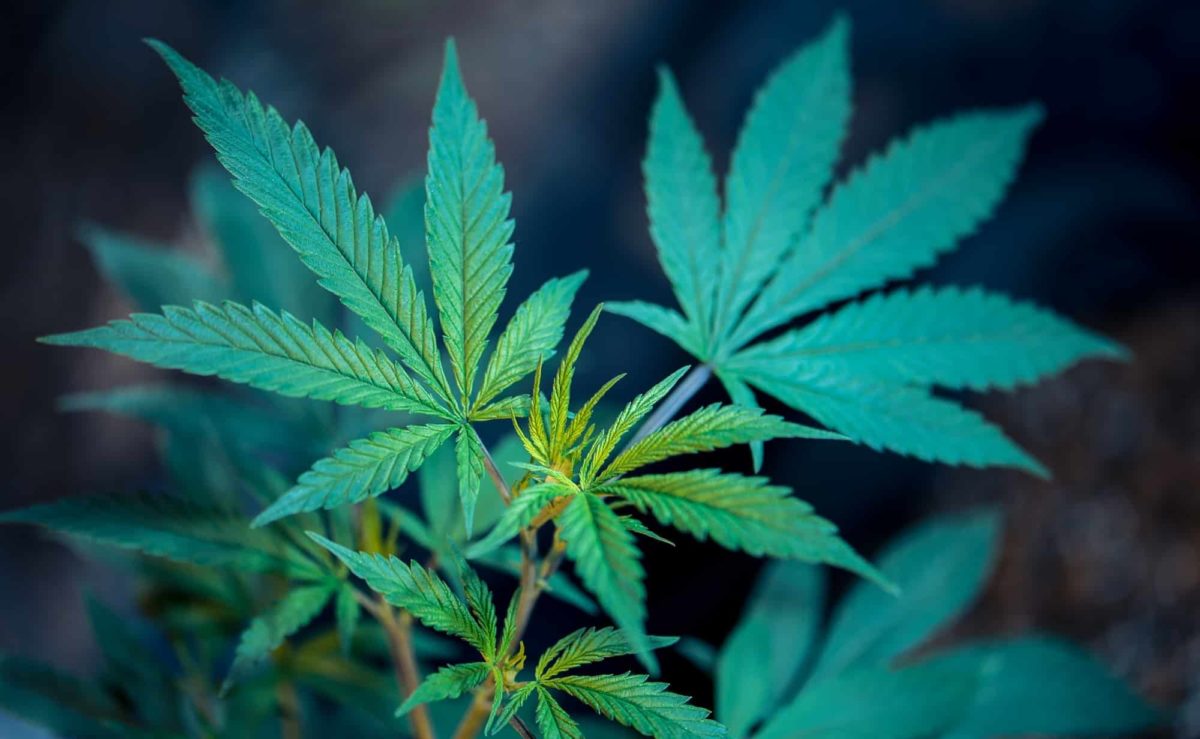Top Technology for Indoor Cannabis Cultivation

Advancements in indoor cannabis cultivation occur seemingly every day, especially as new markets open and the range of need increases. For example, the recent winner of the 2019 Cannabis Startup Competition was Trella Technologies, LLC for developing an indoor farming technology that aims to train plants to grow horizontally. Or consider the highly demanded Seedo, which is an app-controlled, automated home grow device roughly the size of a mini frig. Here are some technologies within the cannabis world today for indoor cannabis cultivation.
Lighting
LEDs are beneficial in their part to reduce heat generation but have received a lot of attention due to their role in developing cannabinoid profiles. These two-lead semiconductor light sources optimize the light spectra. Last year, Fluence by OSRAM, published the results of its work with San Francisco-based Eve Farms, which made the switch to energy-efficient LEDs from HPS. Eve Farms increased cannabinoid and terpene production by 11%, as well as saw new cannabinoids emerge in its plants, previously lacking with HPS lighting in use.
Going beyond LEDs, European company Fotonica™, engaged with several leading cultivation facilities in North America to test their DLED™ over conventionally used lighting fixtures such as LED or bulb based (MH/HPS) solutions. Reported results included increases in both THC and terpene content of the crops, thanks to a unique electrical operation technology which enables growers to implement specific light recipes and growth protocols to match a plant’s phenological stage and biomass development in order to enhance optimal crop yield biomass and quality, while reducing energy consumption.
Grow Systems
Methods and technology for cannabis cultivation abound. The Ontario-based licensed producer CannabCo Pharmaceutical has designed an innovative hydroponic system, called PHOENIX, which is purported to produce cannabis for under 50 cents per gram. NASA-developed aeroponics suspends roots mid-air with the plant supported by the stock while a system of nozzles regularly sprays the roots with a nutrient-rich atomized mist. This method creates fewer waste nutrients, requires significantly less water and takes up less space per plant than hydroponics. Another contender is the “multi-ponic” system, as created by Pure Global Cannabis.
Data Collection
TruTrace Technologies, Inc. has forged a partnership with Clever Leaves to collect, register and track data for its cannabis plant DNA and strains, and keep tabs on shipments across Canada. The platform allows growers and breeders to identify and secure rights to their IP while streamlining admin and reducing the costs for genetic and mandatory quality-control testing for legal cannabis.
Utilizing Broccoli, a cannabis-oriented survey rewards app, Measure Protocol will soon jointly establish a research community for cannabis users. The two companies plan to use the new community to survey consumers, collect data and make reports dedicated to cannabis use and the industry. In doing so, the parties intend to discuss the benefits of cannabis, debunk or prove myths surrounding it, and make the collected information available to the public.
Testing
Recently, PathogenDx, Inc. released study results conducted by a third-party on its behalf which analyzed the effectiveness and accuracy of various microbial testing methods for cannabis. The independent study found end-point PCR technologies, such as Sequencing and DNA microarray, are more accurate in determining the presence of pathogens in cannabis. Conventional plate-based methods such as Petri-Dish have been around for a century and DNA methods such a Real-time PCR (qPCR) are common techniques. Yet, results show these tests do not have the technical horsepower to detect certain pathogenic species to the levels required to protect human health. Additionally, the third-party assessment revealed a lack of sensitivity as well as specificity with plating and qPCR which failed to meet state standards. DNA microarray testing also results faster, reducing harmful exposure.
Processing
Butane Hash Oil (BHO) and CO2 extraction make it possible to extract different forms of cannabis beyond dry herbs. Options include THC and CBD concentrates, isolates, shatters, waxes, edibles capsules and oil, among others. Medicinal compounds can also be separated from other cannabinoids and terpenes, widening the market to those who prefer not to consume psychoactive properties like THC. Cannabis cultivation tech also reaches to safety tests. In finalizing product for consumption, new tests can remove solvents, microbes, pesticides and other harmful compounds.
EnWave Corporation has developed Radiant Energy Vacuum (“REV™”) – an innovative, proprietary method for the precise dehydration of organic materials. EnWave has further developed patent-pending methods for uniformly drying and decontaminating cannabis, shortening the time from harvest to marketable cannabis products. REV™ aims to be faster and cheaper than freeze drying, with better end product quality than air drying or spray drying.
Learn More About Indoor Cannabis Cultivation
Having one place for valuable resources is the ultimate time-saving business benefit. Learn more about technology for cannabis cultivation and talk to users at CannaCon. Visit Tacoma on January 10-11, Detroit on April 3-4, Chicago on July 17-18, and Oklahoma City on May 29-30!
